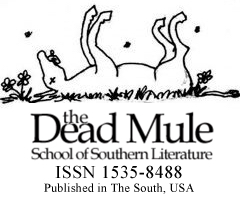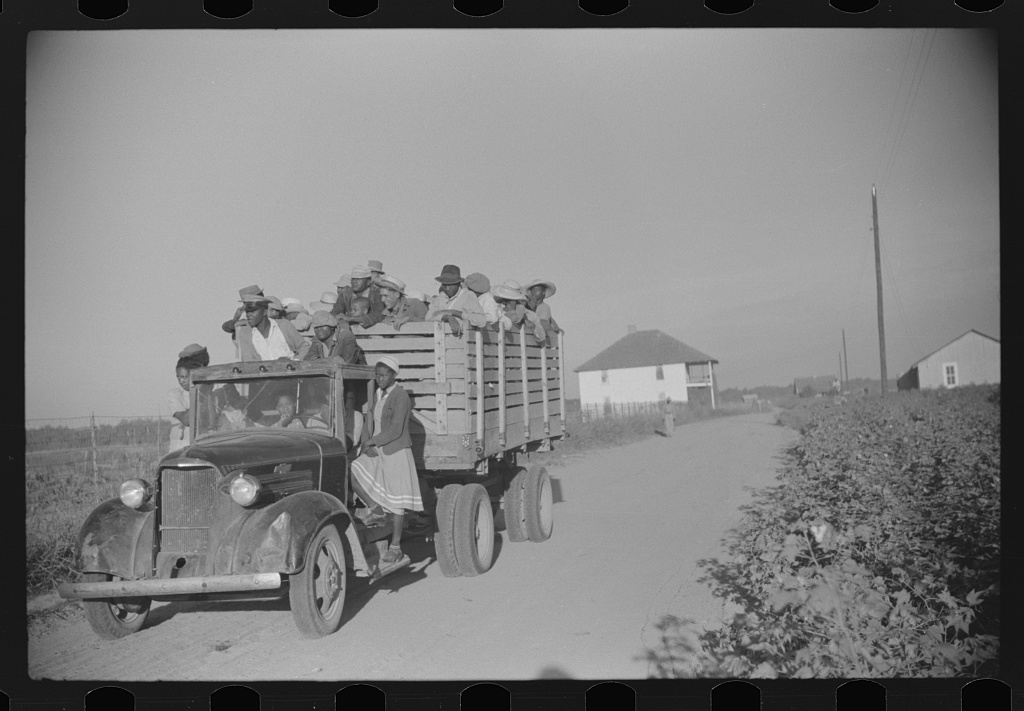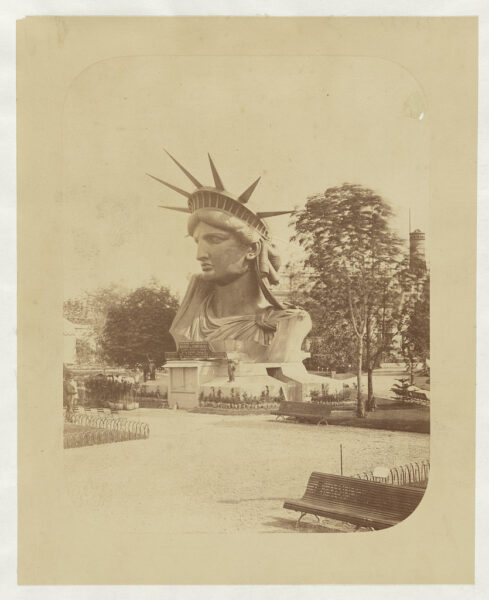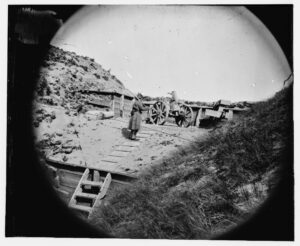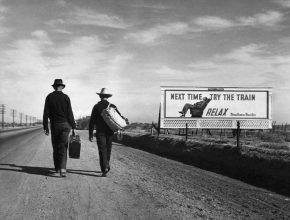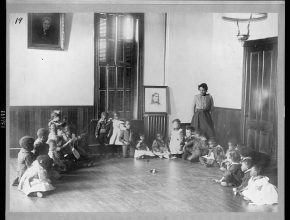Southern Legitimacy Statement: I was raised during the late 1940s to the early 1960s in Central Florida, not usually considered a Deep South state, but still not without some of the South’s more defining aspects at the time such as Jim Crow fathered segregation and outright suppression and racism. I wrote my Master’s Thesis on William Faulkner and focused on Southern Literature studies in my Masters program. I attended the first Faulkner conference in Oxford at the University of Mississippi and met there and at a subsequent conference: members of Faulkner’s family, Cleanth Brooks, Louis Rubin, and Joseph Blotner. I like BBQ and sweet tea. All in all, I find Southerners today (Black, White and In-Between) to be fine, caring and honest folk, good neighbors and better friends.
Sweet Home Alabama – A 1619 Project Reflection
Prologue
Two young African-American brothers had ambitions that reached far beyond their home town of Tuscumbia in Colbert County Alabama. The brothers were named Thaddeus and Junius and had grown up in a fiercely competitive sibling rivalry. Both excelled at scholastic and athletic endeavors at their legally separate but equal segregated high school. By the unrelenting fierceness of their will, they had been able to rise above the hard scrabble life of their sharecropper parents and had subsequently gone off to attend college in the North, worked hard to make ends meet, stayed disciplined and sober, and quietly walked away with well earned degrees in hand.
The question then became what to do next – strike out on their own in the world at large or head back to their small town in Alabama. Their keen minds tossed the question around and then speculated that their ambitious natures, balanced against the bone-deep prejudices they envisioned facing, were more manageable with the devils they knew.
They chose to rent adjoining store fronts on Main Street in their home town. Still competitive, they each worked hard to create the more impressive look to their business. Time came for the grand opening. The brothers, as I have previously noted, were fierce competitors; but, when it came to their desire for business success, they were brothers-in-arms.
As a finishing touch to their grand opening, a sign painter stenciled in stylish gold leaf “Veterinarian” on Thad’s front window and ” Taxidermist” on June’s front window.
As a crowning touch, the brothers hung a wooden sign reaching from store front to store front that read: Either Way – You’re Going To Get Your Pet Back.
The Story Part
This story, a short work of historical fiction, much of it written between the lines, which bleeds out imaginatively from the second verse of Tom Waits’ gospel song “Come on up to the House” (taken from his 1999 album Mule Variations*) which is copied below for artistic purposes only.
All your cryin gonna do no good
Come on up to the house
But come down off the cross
We can use the wood
You gotta come on up to the house
Epilogue
In the end, the brothers were successful businessmen, raised families and, overall, lived comfortably. Neither of their sons followed their fathers into the businesses they had worked unceasingly to grow and maintain in small town Alabama. The brothers, far too often, had stoically faced palpable racist undertones and outright threats, primarily in their business lives, which they had resolved to expect but not to accept. They called it “dancing with their devils.” To them, all throughout their lives, it was an obvious reflection of the stain of the slavery based legacy of racism – a ragged piece of the American cultural and political fabric that regrettably still permeates the country’s social consciousness to this day. Nonetheless, the brothers endured, drawing solace from the hard won success of their business acumen and the resulting positive outcomes posted in the financial ledgers that they kept – setting money aside carefully, quietly and then buying the fertile, gently rolling farm land they had long wanted when it finally became openly acceptable for them to be able to purchase it.
Their daughters had done exceptionally well in college, driven by the same sharp wits and competitive nature of their fathers, and had learned the more subtle arts of strategic resistance tempered with compassion from their mothers. The children, once grown, visited frequently but chose not to live within the geographical confines of their state of birth. One son became a business executive and later a State legislator who served several terms and was a leader in passing progressive, responsible legislation. The other son, an EMT first responder, died in his late twenties as a result of a routine traffic stop while reaching for his wallet when the police officer too quickly assumed that he was reaching for a weapon. He was buried with a beautifully carved but unobtrusive headstone lovingly placed beside a shady creekside on the adjoining gentleman farms where the fathers lived in their retirement. The daughters had always brought their children to stay at the farms during the summers and later in life, somewhat surprisingly, moved back to Tuscumbia and lived together on the now familial farmland in their own retirement years.
Ambition, success, life affirmation and tragedy all played out as if the diorama had been painted as a perpetually evolving work of art.
Footnote: * This album is occasionally but inaccurately referred to as Dead Mule Variations.
